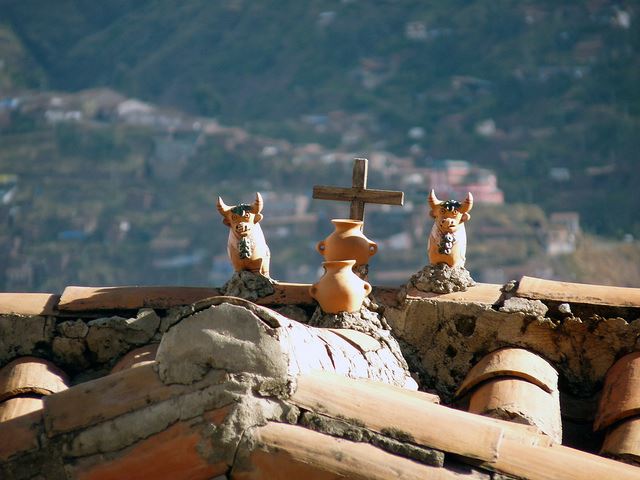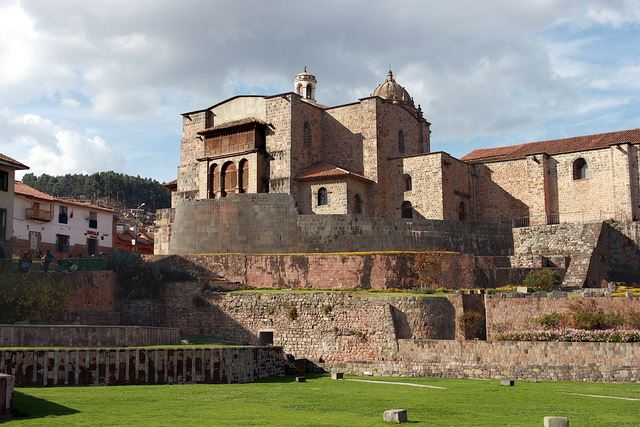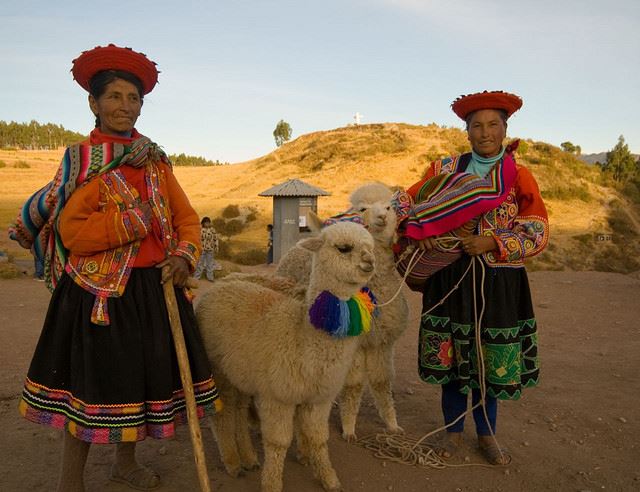An introduction to Cusco, Peru
Peru’s most well-known city sits high in the country’s interior and deep in the Andean heartland. Once the capital of the mighty Inca Empire, Cusco today draws visitors from around the world both for its proximity to archeological wonders (Machu Picchu!) and for its unique blend of indigenous culture, imposing colonialism, and tourist-friendly amenities.
Founded in the 1400s by the Incas and used as a launching point for their sweeping South American domination, Cusco became a central hub of Inca society and spirituality. Despite rapid growth and impressive architectural feats, the Inca reign was cut short when the Spaniards arrived in the 1500s. After conquering the city (and the entire empire), the Spaniards set about superimposing their culture, beliefs, and buildings. However, instead of one society replacing another, indigenous and colonial customs intertwined to create the vibrant city of Cusco we have today.

Photo - Karl Norling
Cusco’s main Cathedral is one prominent example of this cultural mingling. Placed on the main plaza and built with stones stolen from Inca religious sites, construction on the Cathedral started in 1559 and lasted a century. Many of the ornate carvings and paintings displayed within the Cathedral were done by Inca artisans, trained by European painters, who were commissioned to replicate famous European artwork (a necessity due to the cost and difficulty of transporting originals from Europe across the ocean and through the Peruvian interior). This arrangement created the Cusco school of art, a style that on the surface appears Catholic and colonial, but upon closer examination reveals cleverly incorporated Inca imagery. The most obvious example of this is the Cathedral’s copy of The Last Supper, where the dinner spread includes cuy, Peruvian fruits, and glasses of chicha.
The most impressive (or jarring) combination of Inca and colonial architecture is the Koricancha temple, attached to the Santa Domingo church. Koricancha was one of the most important Inca temples—the walls were actually covered in sheets of gold. Though the gold has long been melted down and pilfered away, what remains is almost as impressive: the most meticulous motarless Incan stonework ever discovered. The perfect stone blocks and trapezoidal doorways—built for their ability to sustain earthquakes—fit so smoothly together that the adjoining colonial stonework looks sloppy and juvenile in comparison.

Photo - Bruce Tuten
The outskirts of Cusco are strewn with Inca ruins as well, the largest being Sacsayhuaman, a sprawling complex that served both ceremonial and military purposes. The stones used in its construction are consistently larger than any other per-Columbian structure. Estimates place the largest stone block at up to 300 tons. Neighboring ruins include the water ruins of Tambomachay, the ritual site of Q’enqo, and others.
Although it is the old Cusco that attracts visitors, it is the modern Cusco that keeps them comfortable. Seamlessly fitted into cobblestone streets and among ancient structures are boutique hotels, a dizzying amount of shopping options (everything from local markets to high-end jewelry stores), and quality restaurants serving both local and international dishes. Hidden behind traditional stone walls, hotels offer guests delightful rooms decorated with Andean handicrafts and simple beds covered with down comforters. Unexpected spacious interior courtyards are common, as well as balconies offering spectacular views of Cusco’s orange tiled roofs that crawl up the surrounding hillsides. One of the most popular places to stay is the charming art district of San Blas with its narrow, zigzagging streets and colorful characters.

Photo - Lolly Knit
Keen to see Cusco for yourself? Check out our Peru itineraries here or speak to one of our Destination Experts about crafting the bespoke vacation of your dreams.
Thanks to Trav Fotos for the title image of this blog.